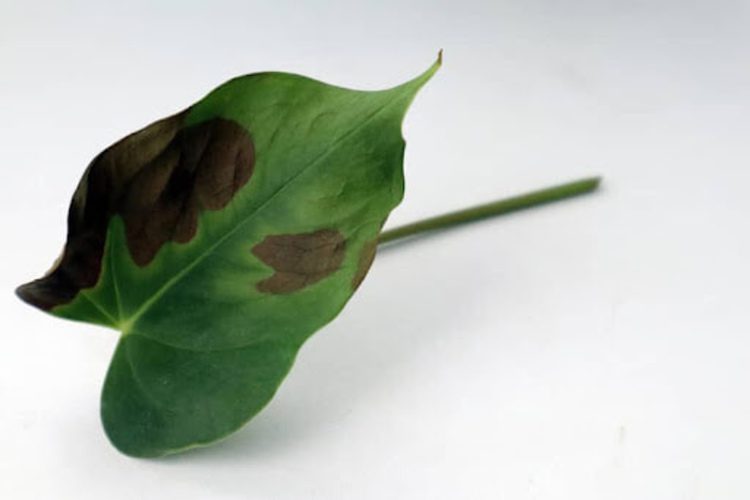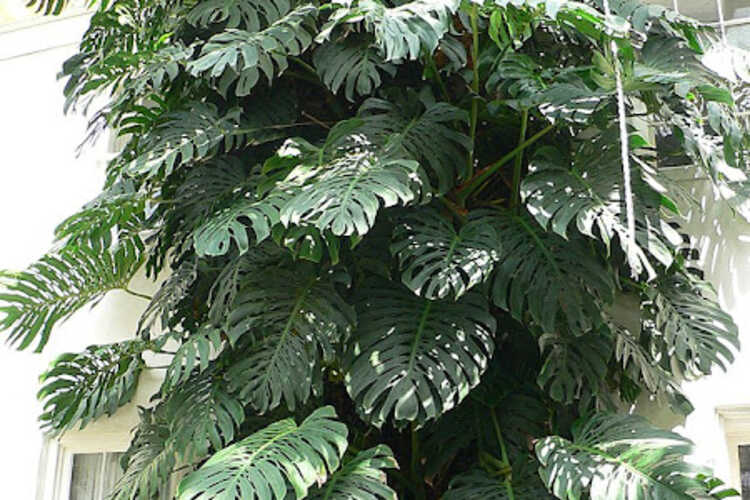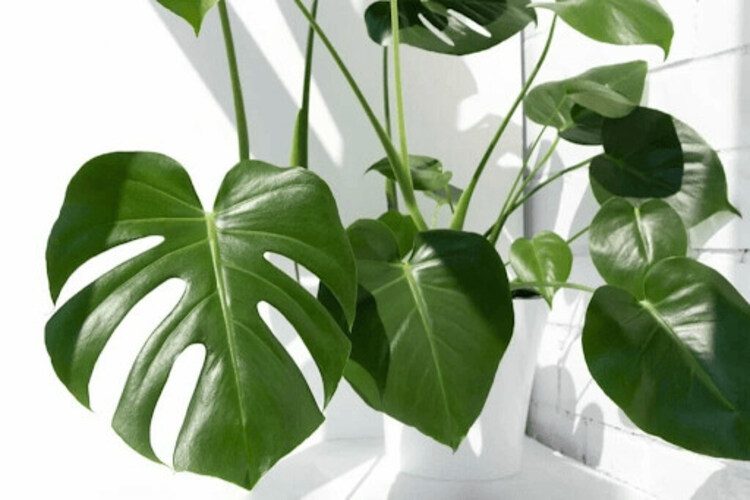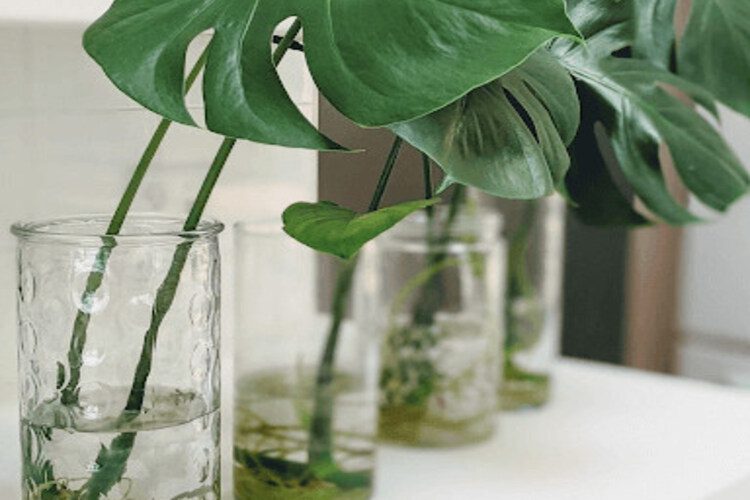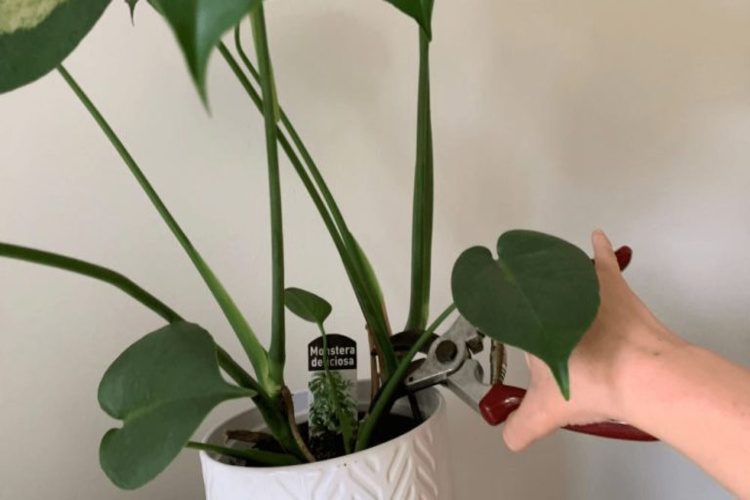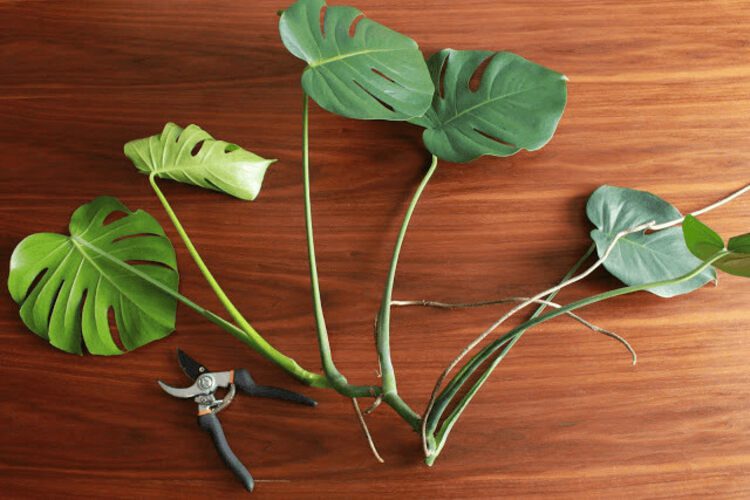Monstera Pinnatipartita: Ultimate Guide To Plant And Care
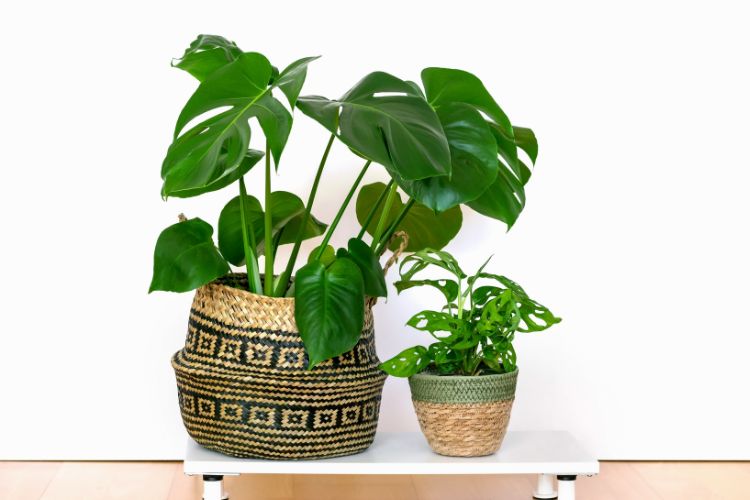
An uncommon species of Monstera from South America is called Monstera Pinnatipartita. Pinnatipartita undergoes significant development as it ages.
When the leaves are young, they are lobed; later, they become split. The leaf has a texture that is quite similar to that of M. Peruvian; it is noticeably convex in shape and has visible sunken veins.
| Botanical Name | Monstera Pinnatipartita Schott |
| Other names | Monstera Pinnatipartita |
| Plant Type | Houseplant |
| Origin | Costa Rica |
| Light | Direct sunlight |
| Water | Once or twice a week |
| Soil | Nutrient soil |
| Temperature | 65- 85℉ |
| Toxic | Pets/mildly toxic |
About Monstera Pinnatipartita
An exotic, gorgeous, evergreen climbing plant from South America called Monstera Pinnatipartita resembles Monstera Deliciosa. As it grows older, it has split leaves and, along with its aerial roots, waxy white blooms that give it a very rugged appearance. Besides, this Monstera is not the same plant as the Split-Leaf Philodendron.
For optimum growth, put them in a location where they may be connected. It thrives better outside than indoors, as it will have more space to grow optimally. Because of this, you can utilize animals or plant flowers in areas that allow them to flourish to their full potential. Compared to size, Monstera Esqueleto has the same optimal height growth as Monstera Pinnatipartita. The plant’s foliage will burn if left in direct sunlight for an extended period of time. Additionally, take caution while taking Monstera indoors, as they have a low toxicity level if consumed. This implies that if you have kids or pets, you should exercise caution.
How to Care for Monstera Pinnatipartita?
Caring for a Monstera Pinnatipartita is similar to caring for a Monstera Aurea, as they both come from the same environment. These are some of the key factors to consider when growing this plant.
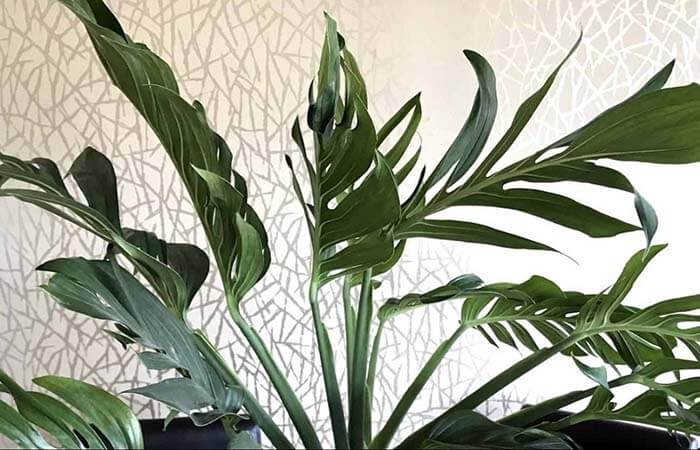
Light
You may have Monstera Pinnatipartita plants anywhere in your house! Although you might notice that it develops more slowly than normal and that its leaves are darker in low light, it can handle it. You can grow your Monstera outdoors or place it in a bright area with up to an hour of direct morning sun to see it develop quickly and healthily. For better growth, you could use a moss pole or purchase a grow light.
Water
When the soil around the tropical plants is almost entirely dry, water it. Numerous factors, like temperature and the amount of light your plant receives, affect how much water it requires. Generally speaking, flowers need to be watered at least once a week. You can water twice a week in a warm area with well-drained soil. You must regularly hydrate your Monstera since, in some way, the plants adapt to it and grow more successfully.
The plant should be watered continuously until water drains out of the surrounding soil, or from the bottom up, until the roots are completely saturated in water. The leaves of the plant will turn brown if you overwater them. You could use orchid bark to enhance drainage.
Soil
Keeping this tropical plant in its ideal environment may be best accomplished by paying attention to its natural surroundings. This plant grows best in moist, fresh soil, and it loves sandy potting soil. As a hemiepiphyte, this plant climbs other plants to access nearby sources of nutrients, including the air, organic waste, decomposing foliage, and animal dung. It grows rootless in above-ground soil. A soil mixture with a high proportion of organic matter, such as humus, compost, and bark, is the best one for growing Monstera Pinnatipartita.
In addition, you can also use organic fertilizers, as they provide a very effective source of nutrients for your plants. Furthermore, it is 50% volume. The remaining 50% should be made up of ideal potting soil, which includes perlite and sand. If you want to grow Monstera Pinnatipartita rather than take its life, the soil must be well drained while still having the ability to store moisture. Using a high-quality Atrium potting mix that is readily accessible in stores is an excellent suggestion for caring for Monstera Pinnatipartita.
Fertilizer
During times of rapid plant growth, like spring and summer, you should fertilize them once a week. Similar to other plants, your Monstera plant also needs three main nutrients: Nitrogen, Potassium, and Phosphorus. The ideal N-P-K ratio would be 3-1-2. This ratio of nutrients will bring many benefits to the health of the leaves, stems, and roots. In particular, Nitrogen is an essential macronutrient for the growth of Monstera leaves.
Humidity
Monstera thrives in settings with modest relative humidity. There are numerous ways to boost moisture, but using a humidifier and grouping plants closely is among the most efficient. Moreover, the leaves of the Monstera plant are characterized by large, easy-to-collect-dust leaves. Therefore, the appropriate adjustment of humidity will help the plant clean the leaves effectively. Besides using a humidifier, you can also use a mist sprayer for this plant. For the growth of Monstera, enough moisture is highly important.
Temperature
Monstera Pinnatipartita thrives in warm climates with temperatures between 65 and 85 degrees Fahrenheit because it is a rainforest plant. Monsteras cannot tolerate temperatures below 60 degrees; doing so might make the plant droop and perhaps kill off some leaves. Additionally, keep your plant away from heaters and drafts that might freeze or burn its leaves.
How to Propagate Monstera Pinnatipartita?
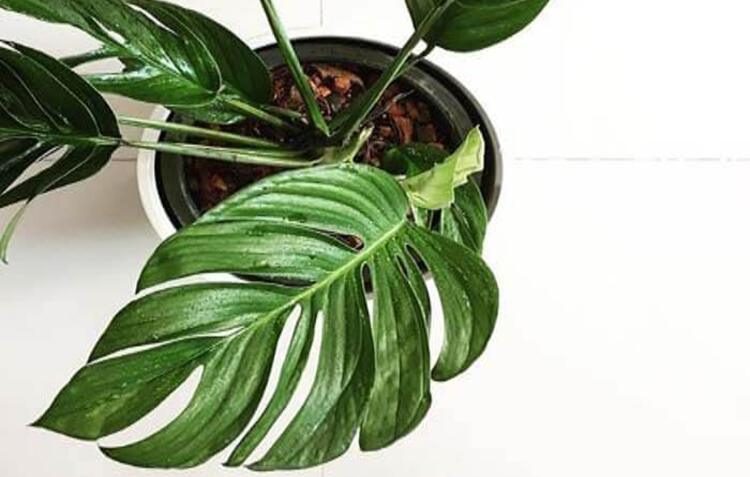
Monstera Pinnatipartita propagates pretty easily from cuttings and air layering, just like other Monstera species.
Soil Propagation
Begin by selecting a healthy cutting before attempting to replicate it in soil. Find a healthy portion with one or two young leaves and nodes (these will look like little bumps on the opposite side of the stem from a leaf). To verify that your pruning encompasses both the branch and the nutritious leaves, use a pair of sharp, disinfected shears to make your cut approximately a half-inch below the node.
Then, in a container, mix 50 percent perlite and moist sphagnum 50/50. Insert the cutting’s purpose into the plant mixture. Keep the foliage wet and position the container somewhere bright but out of direct sunlight. To aid with the rooting and infection prevention of your cutting, you add a little amount of propagation promoter to the water. Your cutting should begin to develop roots in a few weeks, and you should be prepared for standard potting soil or Premium Monstera Potting Soil in approximately two months.
Water Propagation Techniques
Take your cutting and place it in a transparent glass container with clean water and a propagation promoter to start the water-based propagation process. The cut end should be immersed, but the leaves shouldn’t come into contact with the water. Each week, change the water and keep an eye out for roots. You may put the cutting in the soil for its fixed living space once the roots have grown to a minimum length of an inch, which should take around 8 weeks.
Using Air Layers on Your Monstera
Shears, sphagnum moss, plastic wrap, twine, or twist ties are required for air layering by the promoter for propagation.
First, locate the area where you want the Monstera to spread. It must have a node and at least one healthy leaf. Make a little incision in the stem, no deeper than a quarter of the way through, using sterile shears. If using a propagation promoter, dab some on the wound using a cotton ball. The sphagnum moss should be moist after being wet and then wrung out. The wound on the stem should be covered with moss. After that, it will be wrapped in plastic wrap. The package should then be gently fastened using thread or twist ties.
Rewet the moss with a spray bottle as required; do not drench it. You should notice roots forming close to the incision within a few months. Cutting below the roots and planting the entire cutting is possible after they are at least an inch long.
Read more: Monstera Laniata: Guide To Plants With Holey Leaves
Common Monstera Pinnatipartita Problems
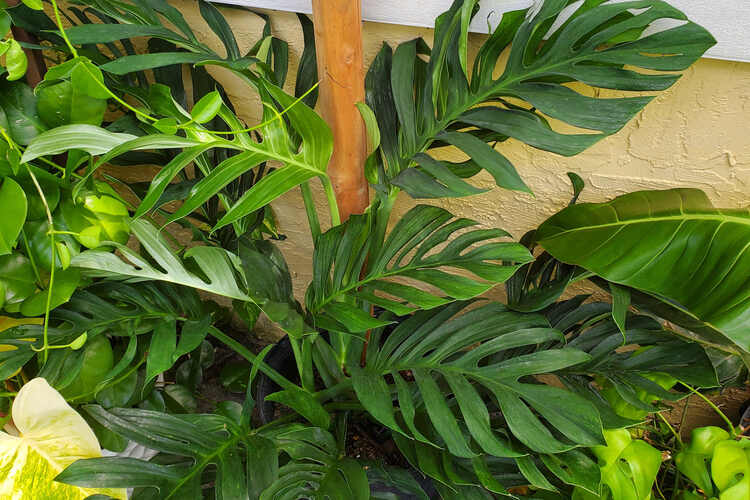
Although Monstera Pinnatipartita isn’t very susceptible to pests or disease, things can still go wrong! Here are several warning signs.
Pests
Your Monstera may become infested with common household pests like scale, mealybugs, thrips, and spider mites. Start by plucking off any insects you observe, then give your plant a shower to get rid of any lingering insects if you see infestation symptoms like tiny brown or red specks, holes, sticky residue, or webbing. Neem oil or Leaf Armour Spray, when diluted, should be applied to your leaves to treat the problem.
If that doesn’t work, try insecticidal soap. Some insects that deposit their eggs in or on your plant might need to be treated several times in order to eliminate subsequent generations of insects when they emerge. It’s crucial to identify infestations quickly, so you can get rid of the bugs before they take over entirely. To conserve the rest of the plant, it is advisable to totally remove any leaves that have sustained significant damage.
Leaf Color: Brown or Yellow
To find the cause, you may need to play detective since these symptoms might indicate a number of different problems.
Your plant may have been overwatered if you see dark brown blotches and fading. After watering for more than a week, if the soil is still damp to the touch or shows a moisture reading greater than 4 on a moisture meter, there may be a problem with the pot’s drainage or the soil itself, or your plant may not be receiving enough light. This has a big impact on a plant’s ability to utilize water effectively! Your plant can have root rot if the stems are floppy, the spots are severe, or you smell anything foul emanating from the dirt. Put the plant in a new container with new dirt for better plant growth.
FAQs
Related posts:




